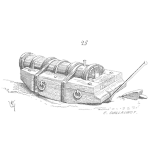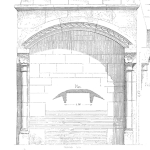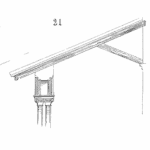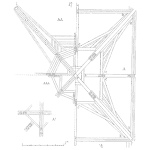
Acceleration Factors with Examples
podcast episode with speaker Fred Schenkelberg
Carefully considering the acceleration factor (AF) is essential when conducting an accelerated life test. Like warp drives shortening the distance, accelerated life tests (ALT) attempt to shorten time. Think of the warp factor and acceleration factor as being similar, well, sort of. [Read more…]










